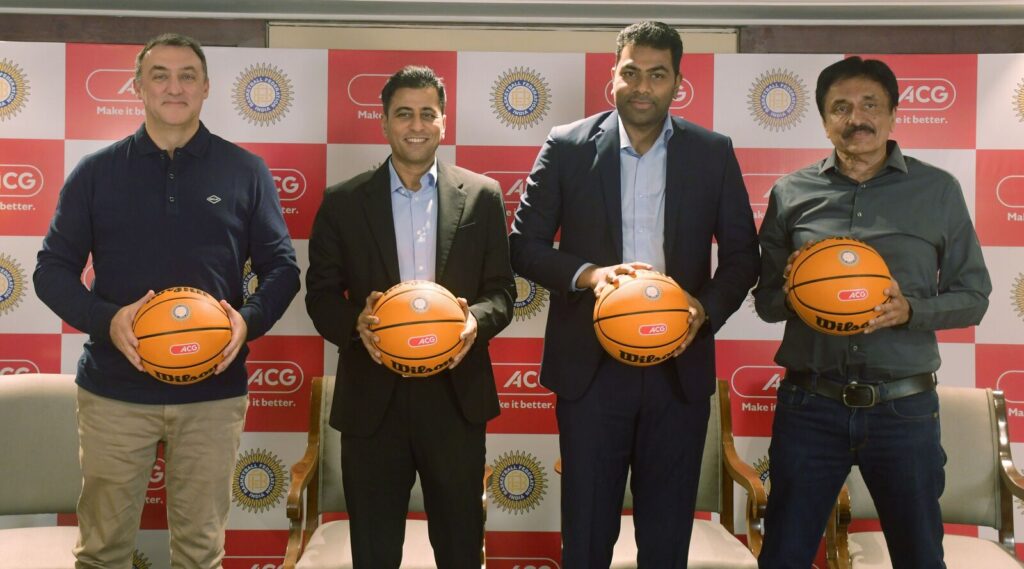But the real question is about what happens next: How do you build a league in a country where cricket dominates, many leagues have failed, and basketball, despite strong global momentum, remains a fringe sport?
In an interview with Mint, ACG managing director Karan Singh and Loeliger laid out the blueprint of what they call a “fan-first, culture-led movement,” one that avoids the “cut-copy-paste” model of the Indian Premier League. The tournament is being launched in association with the Basketball Federation of India.
“We’re not sitting around figuring out how much we can make from franchise fees. We’re asking: What kind of product will make clubs economically viable?” said Loeliger, who helped revive Australia’s NBL. “You can’t just throw money at it and expect scale.”
Not seasonal
Rather than rushing to launch, it is taking its time to build the key pillars: a high-performance centre (not an academy, according to Singh), grassroots scouting, and eventually, a phased league structure starting with six to eight teams across men’s and women’s formats. The tentative deadline: the second half of 2026.
Unlike many Indian leagues that have struggled due to inflated projections and franchise losses, ACG is investing from its own balance sheet and makes no “false promises” to potential owners.
“Too many leagues have burned team owners with unrealistic valuations and undelivered commitments,” said Singh. “We will bring in partners who share our long-term vision.”
Singh is also acutely aware of the stakes.
“We have one shot at this. If we get it wrong, it’ll be just another failed league,” he admitted. “So, we won’t rush. We’ll do it right, even if that takes longer.”
Uphill climb
The challenges are real. In India, many non-cricket leagues have stumbled after showing initial promise. The Indian Basketball League, launched over a decade ago with federation backing, failed to sustain momentum due to weak execution and poor commercial support.
The Pro Volleyball League had a promising first season in 2019 but ran into a legal dispute between the federation and organisers. Ultimately, the founders took the league private, without the federation’s support, but with backing from the global governing body.
The Premier Badminton League, after facing broadcast and sponsorship uncertainties, has not held a season since 2020, and its operational future remains unclear.
Even among popular leagues such as the Pro Kabaddi League and the Indian Super League, sustaining long-term viability has been a challenge. Both have fluctuating viewership, mounting team-level losses, and growing dependence on central sponsorships to stay afloat.
Singh and Loeliger said the key lies in not over-promising and in investing in the sport’s foundations first.
“What we’re building is not just a league, but an ecosystem. And that takes time,” said Singh.
Basketball opportunity
The ACG-NBA Jump programme, followed by the Junior NBA initiative and a full-fledged academy in New Delhi, has given the group a ringside view of the sport’s talent base. Singh claimed they already have a database of 370 players across states, including 10 players over seven feet tall.
“The raw talent is there. What’s missing is the ecosystem,” said Loeliger. “We don’t need generations to fix this. We need consistency, quality competition, and exposure.”
Loeliger said the first million fans won’t be hard to get.
“India has 100 million NBA fans. The top 1% of that is still a million. They just don’t know where to find the game,” he said.
Business model
The league is still working out its broadcast and digital strategy. From partnering with TV and streaming platforms to possibly launching its own app, ACG is keeping all options open.
“We could license digital to one partner, linear to another, or even build our own platform for basketball content year-round,” said Loeliger.
But they are clear on one thing: It won’t be just about media rights.
“Valuations in Indian sport have been tied too long to TV eyeballs. But media behaviour has changed. We’re selling a cultural product, not just TRPs,” Loeliger noted.
No glory play
Singh, who has played basketball since his school days in London and across Mumbai’s street courts, said this is as much a personal mission as a business one.
“If you have the chance to give back to a sport that gave you so much, and do it right, why not?” he asked.
ACG’s sports venture isn’t connected to its pharma business or driven by short-term marketing returns.
“This is not about brand equity for ACG. It’s not a glory play,” Singh added. “Success for us? If basketball becomes a religion in this country.”
Whether India’s basketball moment finally arrives remains to be seen. But one thing is clear: ACG is betting big and taking its time to get the bounce right.

